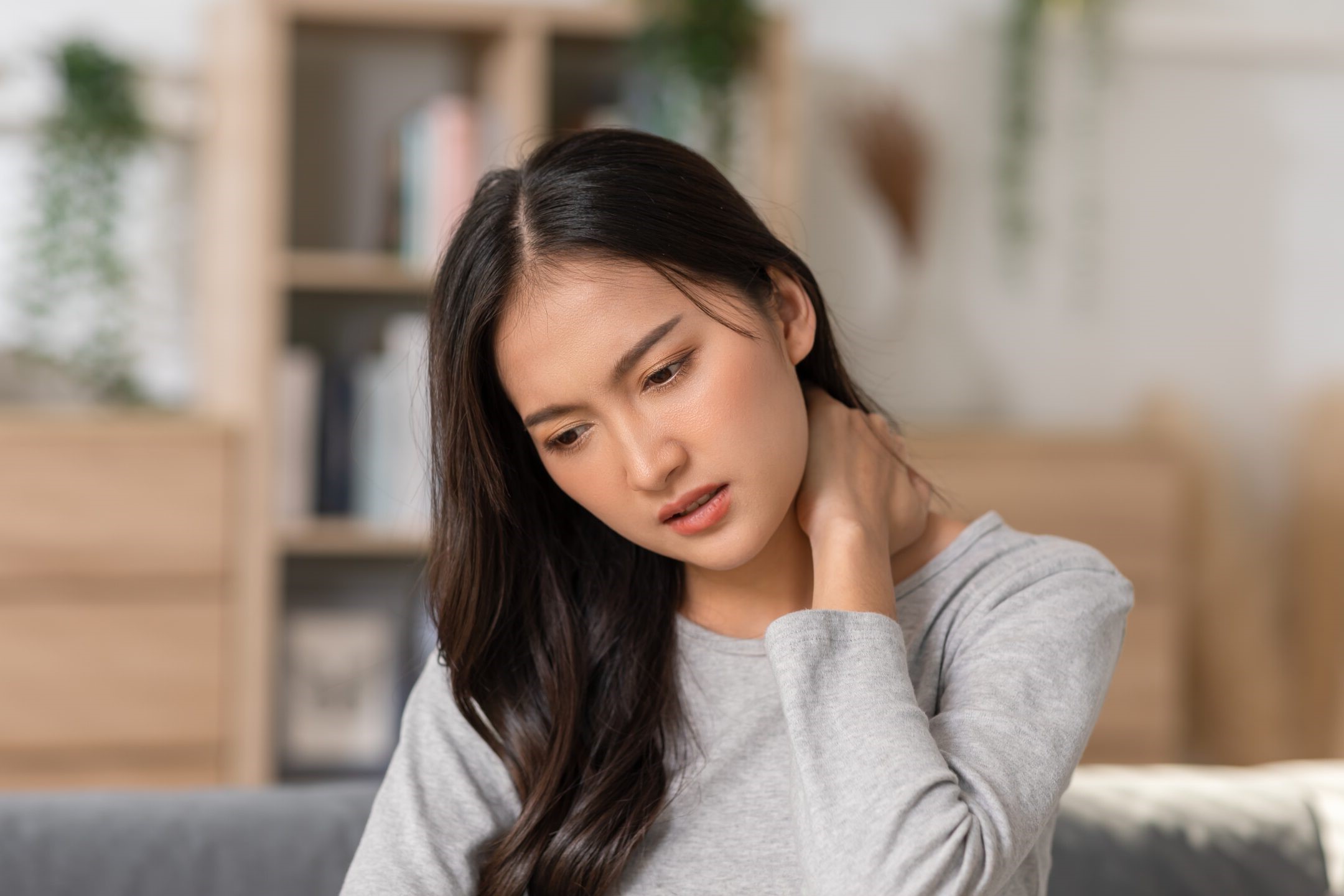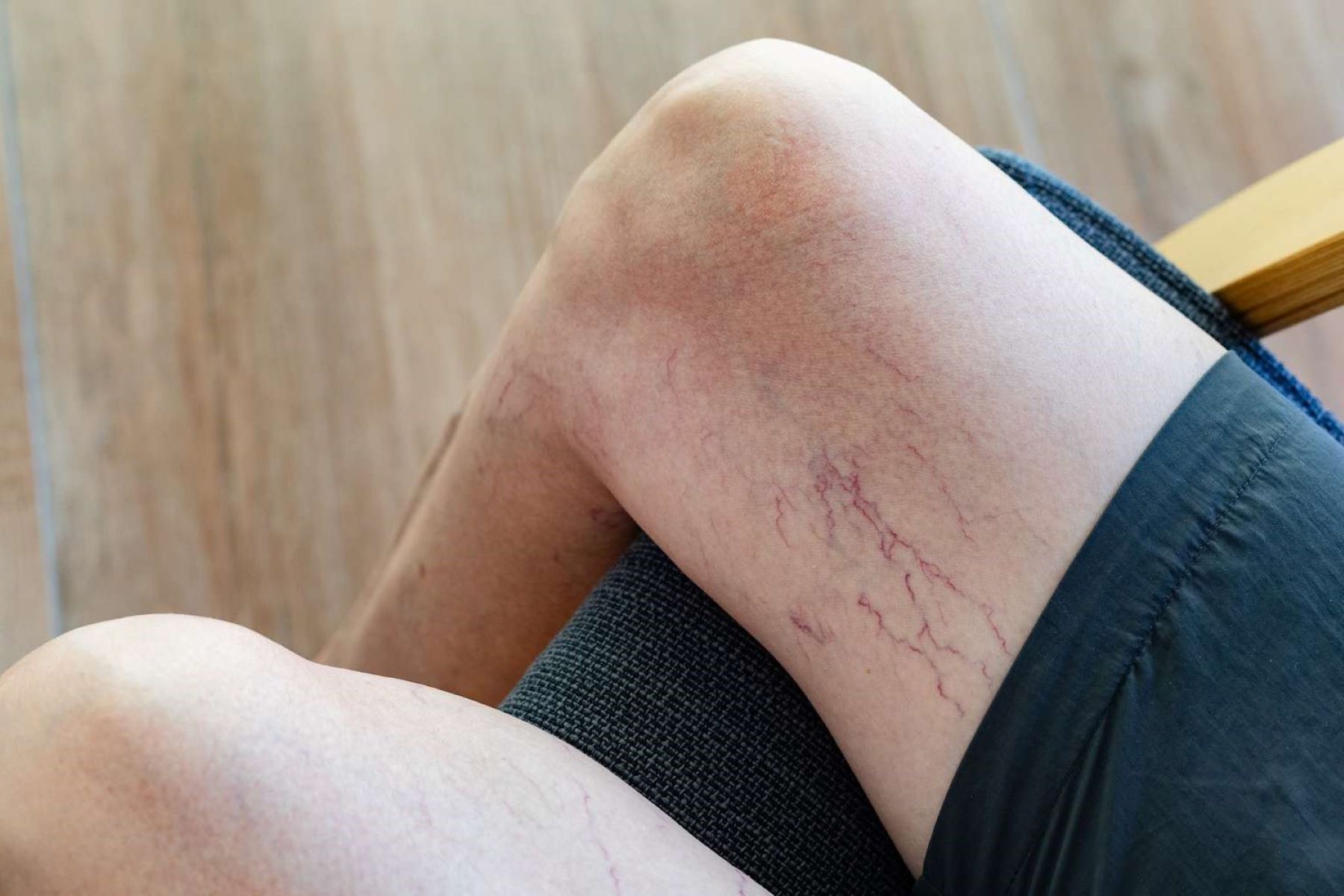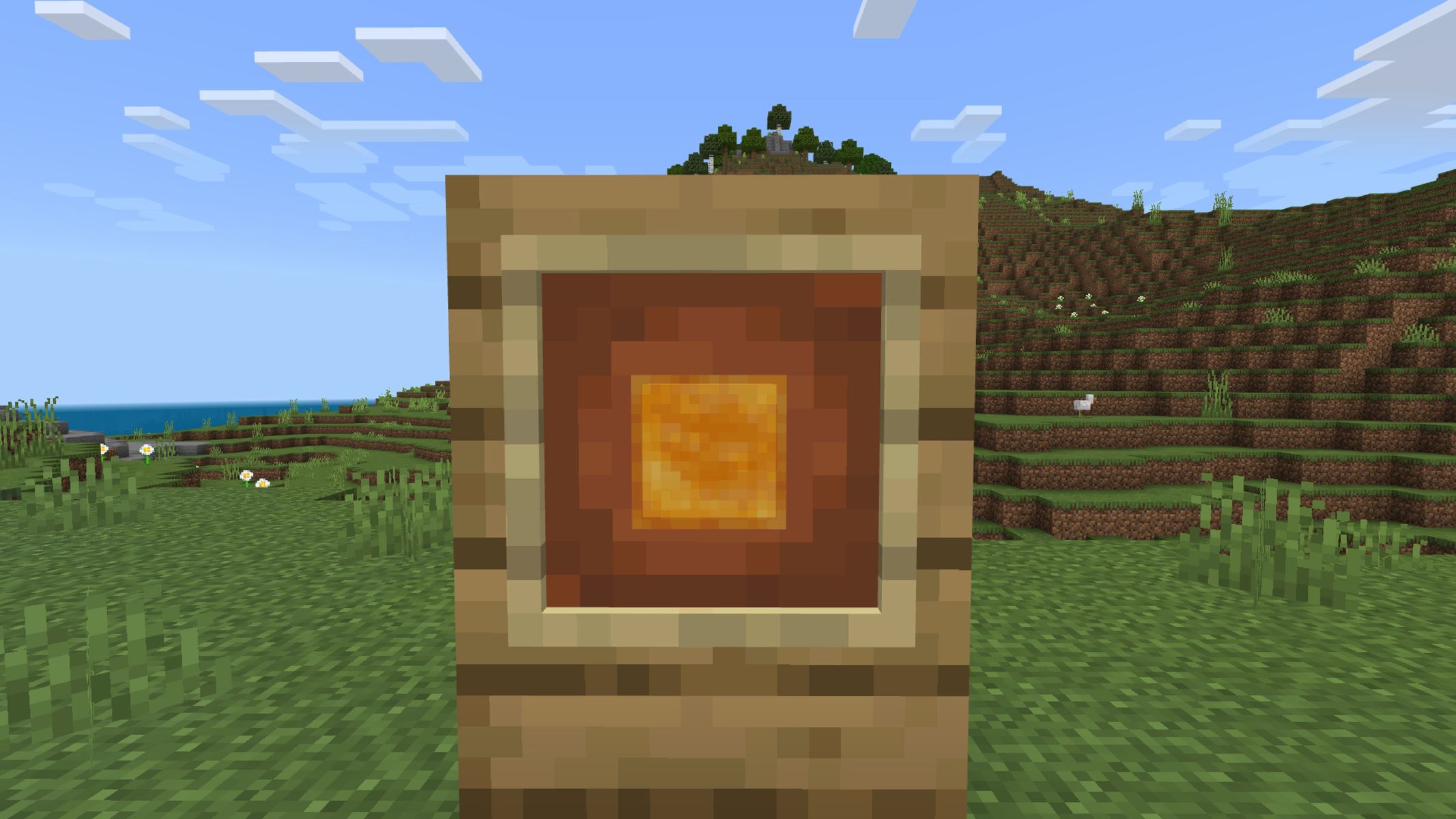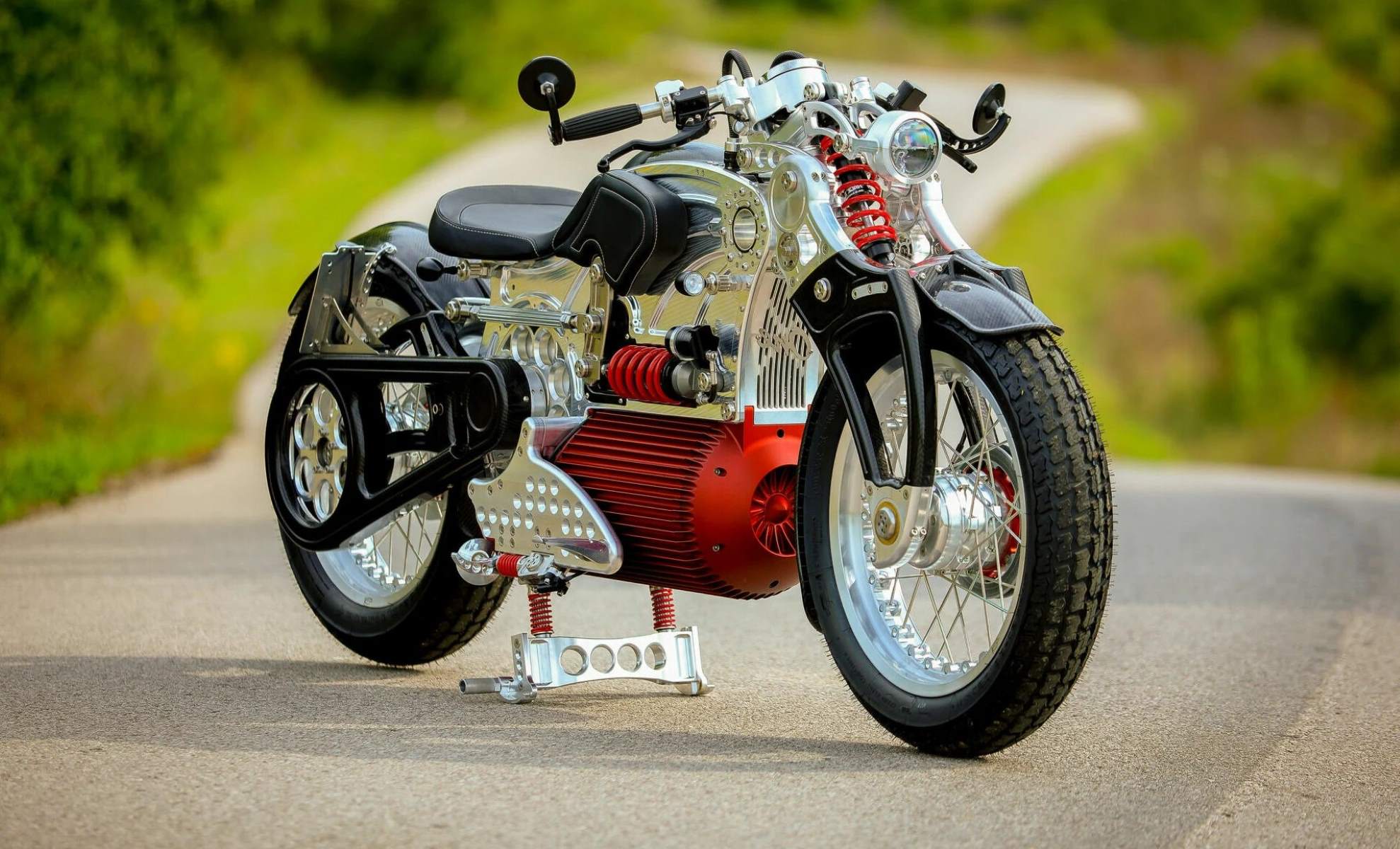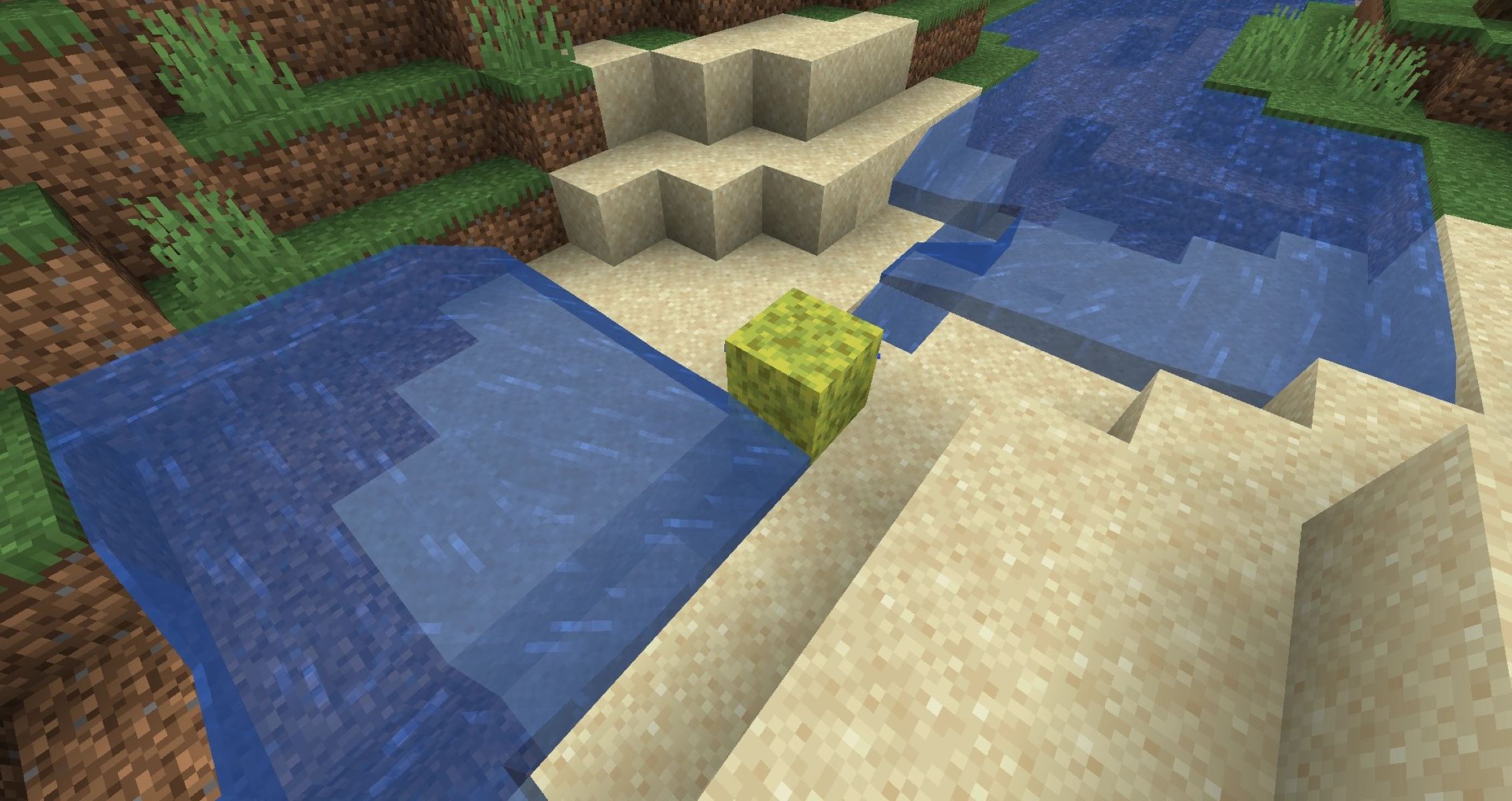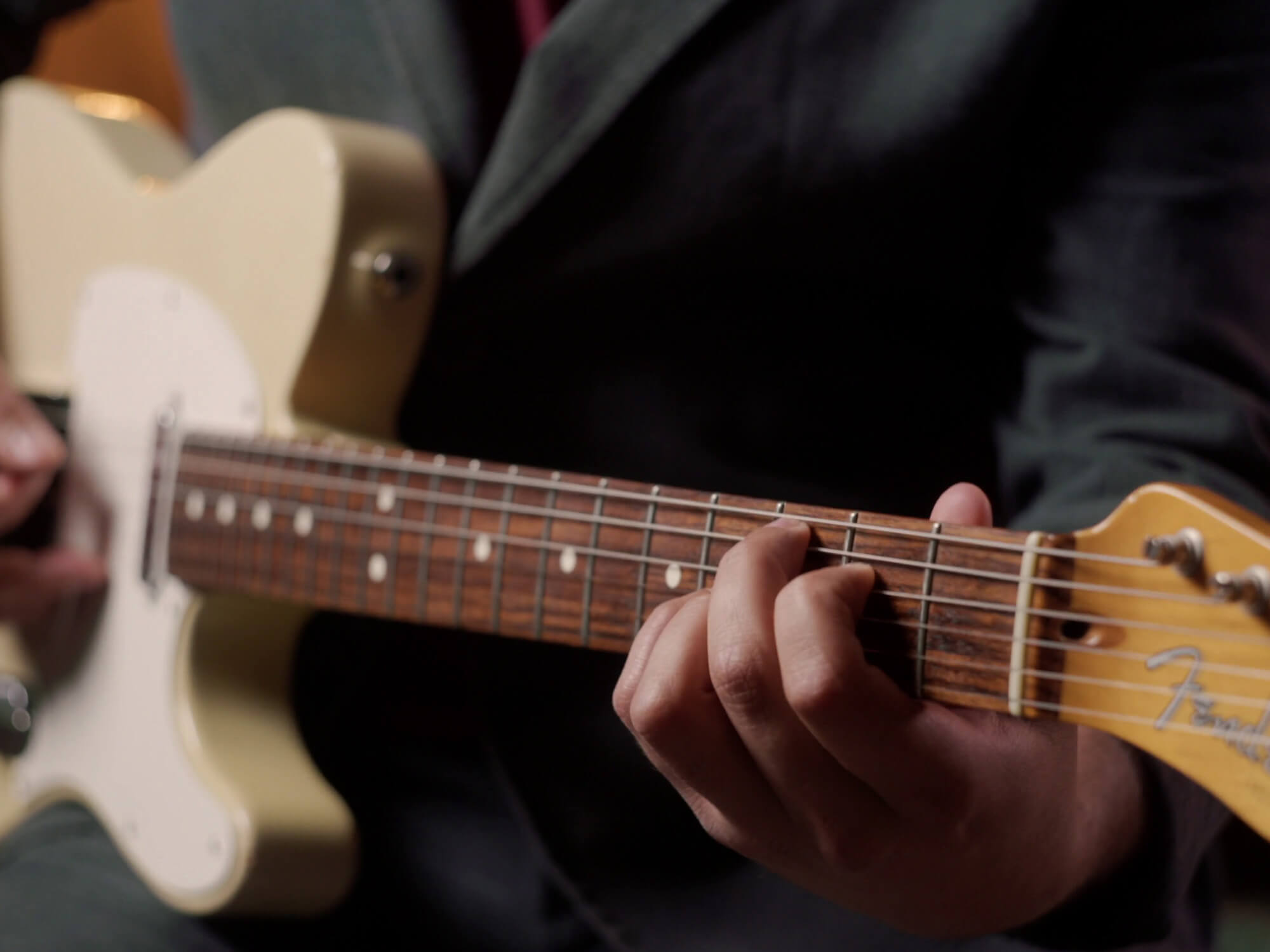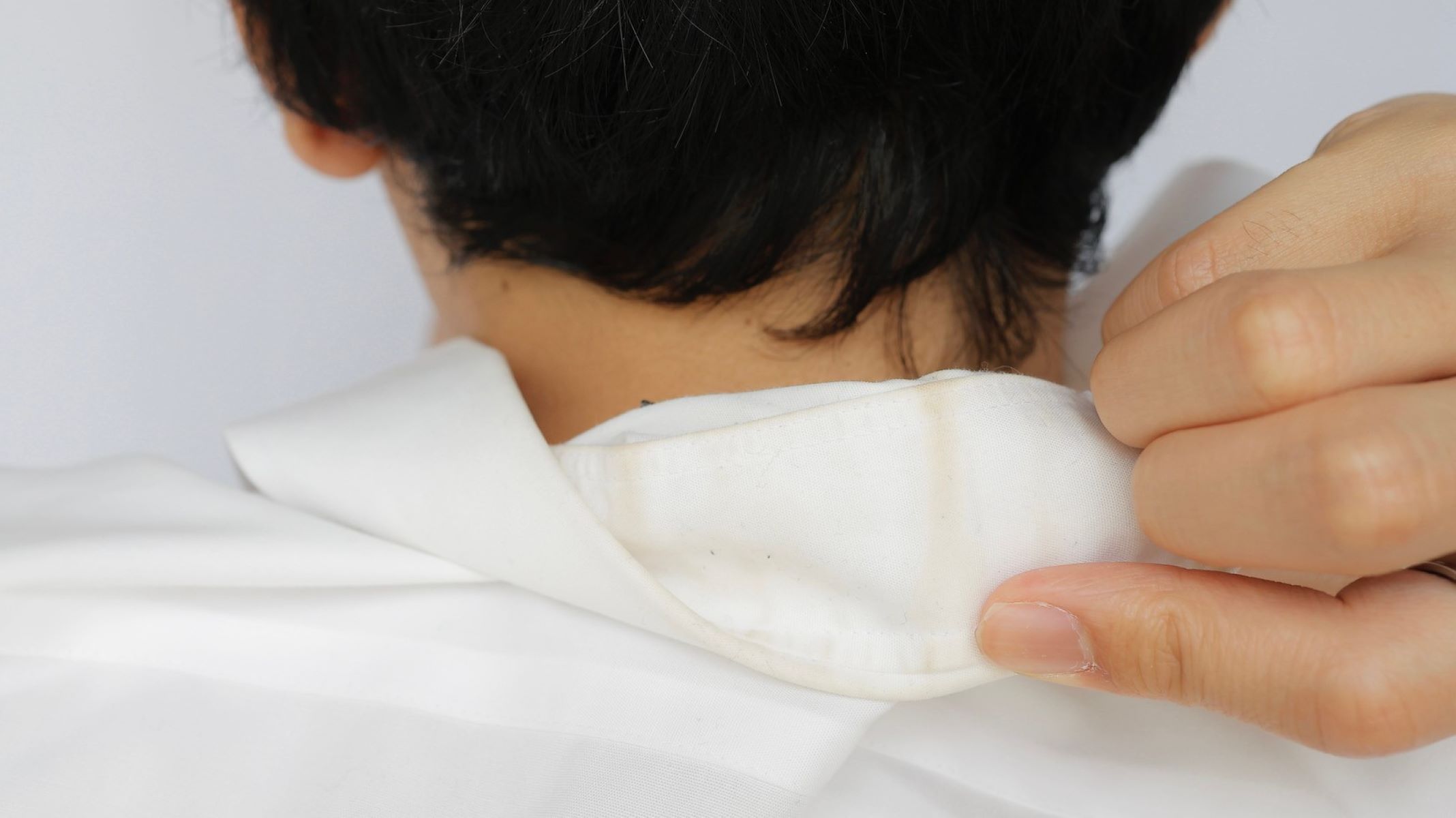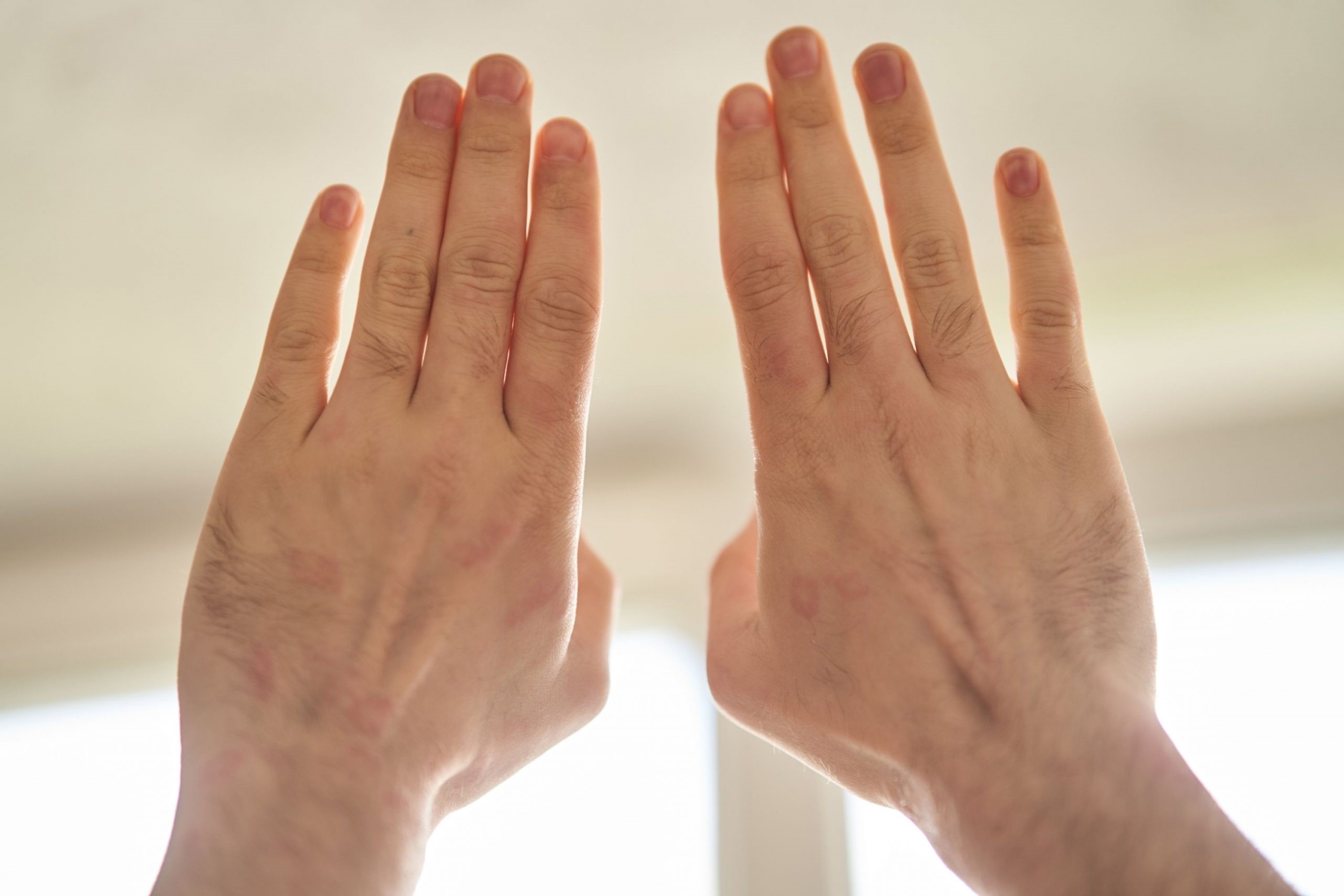

Lifestyle
How To Get Rid Of Perm
Published: March 5, 2024
Learn effective lifestyle changes to get rid of perm and restore your natural hair texture. Discover tips and techniques for a smooth transition without damaging your hair. Achieve the look you desire with our expert advice.
(Many of the links in this article redirect to a specific reviewed product. Your purchase of these products through affiliate links helps to generate commission for Regretless.com, at no extra cost. Learn more)
Table of Contents
Introduction
Perms, short for permanent waves, have been a popular hair styling technique for decades. They involve using chemicals to alter the hair's natural texture, creating curls or waves that can last for several months. While perms can provide a stunning transformation, there are times when individuals may wish to remove or reverse the effects of a perm. This could be due to changes in personal style preferences, hair damage concerns, or simply the desire for a new look.
In this comprehensive guide, we will explore various methods and natural remedies for removing perms, as well as essential tips for maintaining hair health throughout the process. Whether you've had a change of heart about your perm or are seeking a fresh start for your hair, understanding the options available for removing perms is the first step toward achieving the desired results. So, let's delve into the world of perm removal and discover the best ways to restore your hair to its natural state.
Read more: How To Get Rid Of Textured Skin
Understanding Perms
Perms, short for permanent waves, are a chemical hair treatment that alters the natural texture of the hair, typically by adding curls or waves. The process involves applying a solution to break and reform the disulfide bonds in the hair, allowing it to take on a new shape. Once the hair has been treated, it is set in the desired style, resulting in a semi-permanent transformation that can last for several months.
There are various types of perms, each designed to achieve specific curl patterns and styles. Traditional perms create classic, tight curls, while body wave perms produce softer, looser waves. Additionally, spiral perms are known for creating tight, spring-like coils, and spot perms target specific sections of the hair for localized curl enhancement.
It's important to note that while perms can offer a convenient way to achieve long-lasting curls or waves, the process involves the use of strong chemicals, which can potentially cause damage to the hair if not applied or maintained properly. Overprocessing, improper application, or inadequate aftercare can lead to dryness, breakage, and overall hair damage.
Understanding the intricacies of perms is crucial for anyone considering the treatment, as it allows individuals to make informed decisions about whether a perm aligns with their personal style and hair care preferences. Additionally, being aware of the potential effects of perms can help individuals take proactive steps to maintain the health and integrity of their hair, both during and after the perm process.
In the next sections, we will explore methods for removing perms, including both professional treatments and natural remedies, providing a comprehensive guide for those seeking to transition away from their current perm and restore their hair to its natural state.
Methods for Removing Perms
Removing a perm involves altering the chemical structure of the hair to reverse the curl or wave pattern created during the perming process. There are several methods for removing perms, each with its own considerations and potential impact on the hair's health and texture. It's essential to choose a method that aligns with your hair's condition and your desired outcome. Here are some common methods for removing perms:
1. Perming Solution Neutralization
One approach to removing a perm involves neutralizing the perming solution that was initially applied to the hair. This process typically involves using a neutralizing or reversing solution to break the disulfide bonds that were formed during the perming process. By neutralizing the perm solution, the hair's natural texture can gradually be restored. It's important to seek professional guidance when using chemical neutralizers to ensure the process is carried out safely and effectively.
2. Hair Cutting
In some cases, the most straightforward way to remove a perm is through strategic hair cutting. Trimming the permed hair gradually over time allows the new growth to replace the permed sections, ultimately leading to the removal of the perm. This method can be a practical approach for individuals who prefer a shorter hairstyle or are open to a gradual transition to their natural hair texture.
Read more: How To Get Rid Of Evil Eye
3. Chemical Hair Straightening
Chemical hair straightening treatments, such as relaxers or keratin treatments, can be used to reverse the effects of a perm. These treatments work by altering the hair's natural structure to achieve a straighter, smoother appearance. It's important to note that chemical straightening treatments also involve the use of strong chemicals and should be administered by a professional to minimize the risk of damage to the hair.
4. Hot Oil Treatments
Hot oil treatments can help soften and condition the hair, potentially aiding in the gradual relaxation of the perm's curl pattern. While hot oil treatments may not entirely remove the perm, they can contribute to improving the overall manageability and appearance of the hair during the transition process.
5. Professional Hair Treatments
Seeking professional hair treatments, such as deep conditioning or protein treatments, can help restore the hair's strength and resilience while minimizing the appearance of the perm. Professional stylists can assess the hair's condition and recommend tailored treatments to support the transition away from the perm.
When considering the best method for removing a perm, it's crucial to prioritize the health and integrity of the hair. Consulting with a professional stylist or hair care expert can provide valuable insights and personalized recommendations based on your specific hair type and the condition of your perm. By choosing a method that aligns with your hair's needs, you can effectively transition away from the perm and restore your hair to its natural state.
Natural Remedies for Removing Perms
For individuals seeking natural alternatives to chemical-based methods, several natural remedies can help facilitate the process of removing perms. These remedies aim to gently soften and condition the hair, gradually allowing the natural texture to reemerge. While natural remedies may require patience and consistent application, they offer a gentle approach to transitioning away from a perm. Here are some effective natural remedies for removing perms:
Read more: How To Get Rid Of Screen Time
1. Vinegar Rinse
Vinegar, particularly apple cider vinegar, is known for its clarifying and conditioning properties. A vinegar rinse can help remove product buildup and residue from the hair, potentially aiding in the gradual relaxation of the perm. To create a vinegar rinse, mix equal parts water and apple cider vinegar, then apply the solution to the hair after shampooing. Allow it to sit for a few minutes before rinsing thoroughly.
2. Coconut Milk and Lemon Juice
A mixture of coconut milk and lemon juice can serve as a natural hair softener, contributing to the loosening of the perm's curl pattern. The moisturizing properties of coconut milk combined with the acidic nature of lemon juice can help condition the hair while promoting manageability. Apply the mixture to the hair, focusing on the permed sections, and leave it on for 30-60 minutes before rinsing.
3. Olive Oil Treatment
Olive oil is renowned for its nourishing and moisturizing benefits for the hair. A warm olive oil treatment can help soften the hair and minimize the appearance of the perm. Warm a small amount of olive oil and gently massage it into the hair, ensuring thorough coverage of the permed areas. Leave the oil in for at least 30 minutes before shampooing and conditioning as usual.
4. Aloe Vera Gel
Aloe vera gel is valued for its soothing and conditioning properties, making it a popular natural remedy for hair care. Applying aloe vera gel to the permed hair can help improve moisture retention and promote a smoother hair texture. Leave the aloe vera gel on the hair for 20-30 minutes before rinsing with water.
Read more: How To Get Rid Of Stickers In Yard
5. Baking Soda Paste
Baking soda can act as a natural exfoliant, helping to remove impurities and product buildup from the hair. Creating a paste with baking soda and water and applying it to the hair can contribute to the gradual relaxation of the perm. Gently massage the paste into the hair, focusing on the permed sections, then rinse thoroughly.
By incorporating these natural remedies into your hair care routine, you can support the process of removing a perm while nourishing and maintaining the overall health of your hair. It's important to remember that natural remedies may require consistent application over time to achieve the desired results. Additionally, it's advisable to conduct a patch test before using any new natural remedy to ensure compatibility with your hair and scalp.
Tips for Maintaining Hair Health after Removing Perms
After successfully removing a perm, it's essential to prioritize the ongoing health and well-being of your hair. The transition away from a perm can leave the hair in a delicate state, requiring careful attention and nurturing to restore its natural strength and vitality. Here are valuable tips for maintaining hair health after removing perms:
-
Gentle Cleansing: Opt for sulfate-free, gentle shampoos that cleanse the hair without stripping away its natural oils. Regular, gentle cleansing helps maintain a clean and healthy scalp while promoting the overall well-being of the hair.
-
Deep Conditioning: Incorporate deep conditioning treatments into your hair care routine to replenish moisture and nourishment. Look for conditioning products specifically formulated to repair and strengthen the hair, aiding in the recovery process post-perm removal.
-
Trimming and Maintenance: Schedule regular trims to gradually remove any remaining permed ends and promote healthy hair growth. Consistent maintenance helps eliminate damaged sections while encouraging the development of natural, unprocessed hair.
-
Protective Styling: Embrace protective hairstyles, such as braids or buns, to minimize exposure to heat and environmental stressors. Protective styling reduces the risk of mechanical damage and promotes the retention of moisture within the hair strands.
-
Heat Styling Caution: Exercise caution when using heat styling tools, such as flat irons or curling wands. Opt for lower heat settings and apply a heat protectant to shield the hair from excessive heat damage, allowing it to recover and thrive.
-
Balanced Nutrition: Maintain a balanced diet rich in essential nutrients, including protein, vitamins, and minerals, to support overall hair health. Nutrient-dense foods contribute to the strength and resilience of the hair, promoting optimal growth and vitality.
-
Regular Moisture Infusion: Keep the hair well-moisturized by incorporating regular moisture infusion treatments, such as leave-in conditioners or natural oils. Hydrated hair is more resilient and less prone to breakage, fostering a healthier post-perm removal transition.
-
Patience and Consistency: Understand that the process of restoring the hair's natural texture and health after removing a perm requires patience and consistent care. Embrace the journey and remain committed to nurturing your hair back to its optimal state.
By implementing these tips and adopting a holistic approach to hair care, individuals can effectively support the recovery and maintenance of their hair after removing a perm. Prioritizing hair health and embracing a nurturing hair care routine can lead to the revitalization of the hair's natural beauty and resilience, ultimately enhancing the overall well-being of the individual.
Conclusion
In conclusion, the decision to remove a perm marks a significant transition in one's hair care journey, whether driven by style preferences, hair health concerns, or the pursuit of a fresh, natural look. Throughout this guide, we have explored various methods and natural remedies for removing perms, as well as essential tips for maintaining hair health post-perm removal. By understanding the intricacies of perms and the available options for transitioning away from them, individuals can make informed choices that align with their hair's needs and their desired outcome.
The process of removing a perm requires careful consideration and personalized approaches to ensure the health and integrity of the hair. Whether opting for professional treatments, natural remedies, or a combination of both, it's crucial to prioritize the well-being of the hair and embrace a patient, nurturing mindset throughout the transition. By seeking professional guidance, conducting patch tests for natural remedies, and staying committed to a holistic hair care routine, individuals can navigate the journey of perm removal with confidence and care.
Furthermore, the journey of restoring the hair to its natural state post-perm removal is an opportunity to embrace self-care and celebrate the resilience of the hair. Through gentle cleansing, deep conditioning, regular maintenance, and a balanced approach to nutrition, individuals can foster an environment where their hair can thrive and flourish. The post-perm removal phase presents a chance to reconnect with the hair's natural texture, appreciate its unique beauty, and embark on a journey of self-discovery and self-expression.
Ultimately, the process of removing a perm and nurturing the hair back to its natural state is a testament to the individual's commitment to holistic well-being and self-care. By embracing the journey with patience, consistency, and a deep-rooted appreciation for the hair's inherent beauty, individuals can emerge with a renewed sense of confidence and a profound connection to their natural hair. The removal of a perm signifies not only a physical transformation but also a symbolic embrace of authenticity, self-love, and the enduring resilience of the hair.
As individuals embark on their post-perm removal journey, they are encouraged to approach the process with kindness, self-compassion, and a deep appreciation for the hair's capacity to rejuvenate and thrive. By nurturing the hair with care and intention, individuals can celebrate the beauty of their natural hair and embark on a path of self-discovery, empowerment, and unwavering self-expression.
